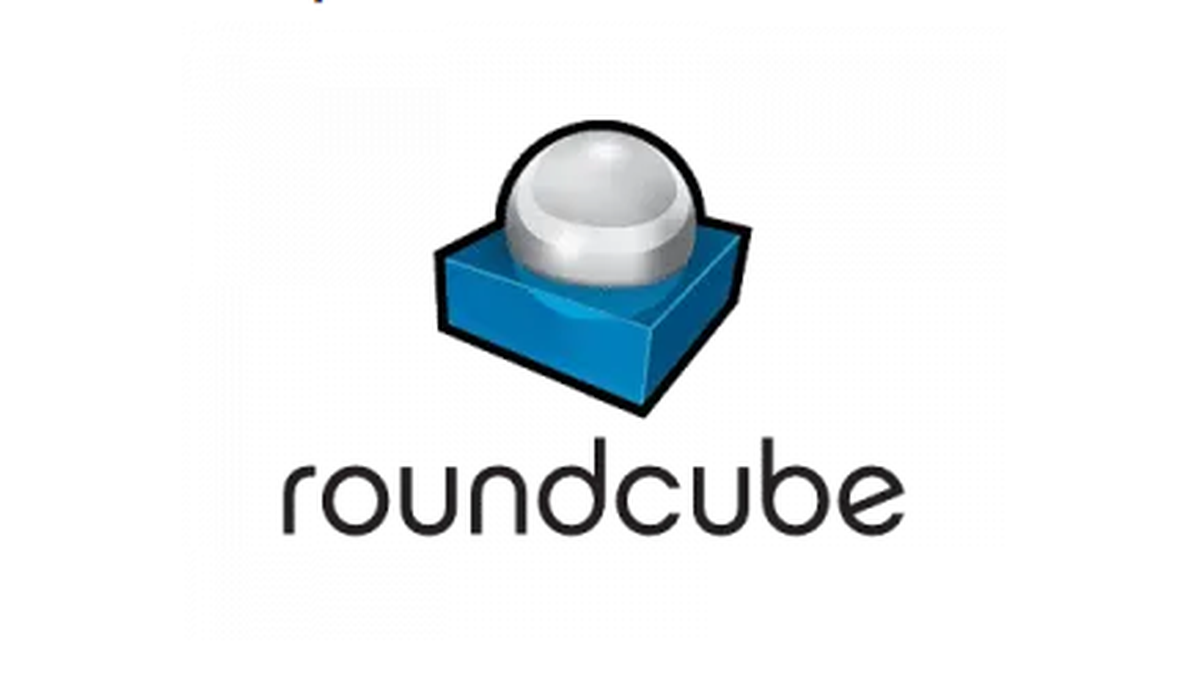Roundcube — Open Source Webmail Client
General Information
Roundcube has been the default webmail for many Linux hosting environments for more than a decade. It doesn’t try to compete with Gmail or Outlook.com — instead it gives IMAP mailboxes a clean, modern browser interface. It’s open source, PHP-based, and often bundled by default in hosting control panels like cPanel or Plesk.
For admins, it’s attractive because it just works: unzip, configure IMAP/SMTP, and users can check their mail from anywhere without special clients. For users, the UI is familiar enough that no training is needed.
How It Works
Roundcube runs on a web server with PHP and connects to any existing IMAP server for incoming mail and SMTP for outgoing. It doesn’t store mail itself; it’s just a client in the browser. A MySQL or PostgreSQL database is used for user settings, address books, and plugin data.
The interface is responsive, supports drag-and-drop, threaded view, rich-text editing, and spell checking. Admins extend functionality through plugins — everything from password resets to 2FA can be bolted on. TLS is supported, so all connections between Roundcube and mail servers are secured.
Functions
| Feature | In practice |
| Platforms | Any Linux/Windows server with Apache/Nginx + PHP |
| Protocols | IMAP for mail, SMTP for sending |
| Webmail | Modern UI with folders, filters, HTML editor, search |
| Address book | Local storage with LDAP integration |
| Security | TLS/SSL, plugin-based 2FA, session management |
| Extensibility | Large plugin ecosystem (filters, password change, skins) |
| Administration | Config files + web-based settings, domain support |
| License | GPL open source |
Installation Guide
1. Prepare a web server with Apache/Nginx, PHP, and MySQL/MariaDB.
2. Download the latest Roundcube package from the official site.
3. Extract it into the web root and run the installer wizard.
4. Configure database credentials and IMAP/SMTP servers.
5. Enable TLS and set file permissions.
6. Add plugins or skins as needed.
Most admins deploy Roundcube side by side with Postfix/Dovecot or Exchange IMAP.
Everyday Use
– Hosting providers ship Roundcube as the default webmail for customer accounts.
– SMBs use it as a lightweight webmail when staff need browser access.
– IT teams install it internally so employees can check mail from shared terminals.
– Educational institutions often add it for students who don’t want to configure clients.
For users, the workflow is straightforward: log in, read, reply, and manage folders.
Limitations
– It is strictly a webmail client — no calendars, contacts sync beyond its own address book, or document collaboration.
– Performance depends on the underlying IMAP server and tuning.
– Security features like 2FA are plugin-based and need extra configuration.
– Compared to SaaS platforms, the interface looks dated in places.
Comparison
| Tool | Platforms | Strengths | Best Fit |
| Roundcube | Web/PHP | Mature, widely used, large plugin base | Hosters, SMBs, schools |
| Rainloop | Web/PHP | Lightweight, fast setup | Admins needing simple multi-account webmail |
| Horde Groupware | Web/PHP | Mail + calendar + tasks | Orgs needing groupware on top of mail |
| SOGo | Linux | Full groupware with ActiveSync | Teams needing Outlook/mobile sync |
| Afterlogic WebMail Lite | Web/PHP | Minimal, clean design | Small providers, budget setups |
Notes from the Field
Admins running Roundcube usually comment on its reliability: once installed, it rarely needs attention beyond updates. The plugin ecosystem is mature, but not all plugins are equally maintained, so testing before production is a must. Many hosters skin it to match branding, and end users often don’t realize it’s open source — they just see a familiar webmail that does the job.

